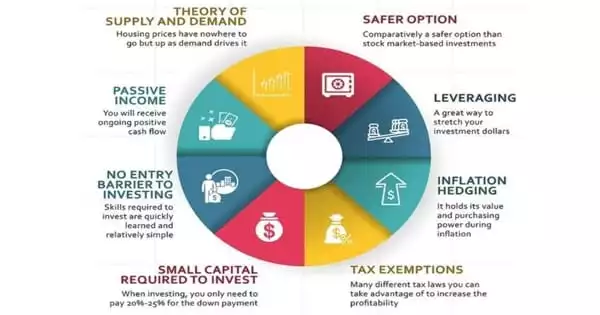Researchers at Case Western Reserve University are in charge of creating a “smart packaging” system to keep track of temperature changes, moisture changes, and pathogens in perishable food products as they are being transported.
Their energy-efficient strategy might provide distributors with a more affordable supply chain, savings for food producers, and better food for consumers.
“If this works well, everyone stands to benefit,” said Chanyong (Chase) Cao, an assistant professor of mechanical and aerospace engineering and electrical, computer and systems engineering at Case Western Reserve, who is leading the research team. “About one-third of all food produced for human consumption gets lost or wasted roughly 1.3 billion tons of food each year. Our solution could significantly reduce spoilage, cut costs and ensure food safety.”
The team’s research was recently published online in the journal Nano Energy.
Self-powered monitoring
A key component of their system is a compact, self-powered monitoring device made up of flexible sensors and an energy harvester that collects ambient energy by using desiccants, the tiny packets of silica gel pellets that are commonly found in packaging and used to absorb moisture. In this system, the energy is generated from the vibrations of the food delivery truck itself.
A real-time monitoring system powered by this energy would give food makers and delivery personnel digital information about the temperature, moisture, and rotting status of the packaged food.
About one-third of all food produced for human consumption gets lost or wasted roughly 1.3 billion tons of food each year. Our solution could significantly reduce spoilage, cut costs and ensure food safety.
Professor Chanyong (Chase) Cao
To make this happen, Cao and his team came up with what they call a desiccant-based triboelectric nanogenerator (D-TENG) to extend the serving time of the sensing system.
Triboelectric nanogenerators are any energy harvesting device that converts mechanical energy often between two objects sliding against each other into electricity.
To store the desiccant materials, which are now also utilized to generate power as they bounce around inside the honeycomb, the researchers created a honeycomb frame made of paperboard.
While some contemporary transportation businesses already utilize sensors to monitor temperature, humidity, and carbon dioxide, according to Cao, the conventional batteries needed to power those systems are expensive, cumbersome, and potentially worsen environmental pollution.
“Many of those systems don’t provide real-time data to detect food spoilage,” Cao said. “Existing small, portable systems can only detect environment conditions within a very limited period.”
Potential reach, next steps
The team’s strategy is in line with the World Bank’s suggested approaches to reducing food waste, which include improved technologies for perishables storage and supply chain freshness. While Cao and his team haven’t addressed how to better cool perishable food in transit in this project, they would be tackling the first task of identifying when and what might go wrong.
The team is now assembling a functioning prototype; Cao said he hopes to scale up production and begin marketing it over the next five years.
Cao and his team are focusing on detecting and preventing food spoilage, but he believes the technology could also provide benefits for shipping vaccines. Companies and governmental organizations might access reliable real-time information from the system regarding the temperature of such vital shipments.
















